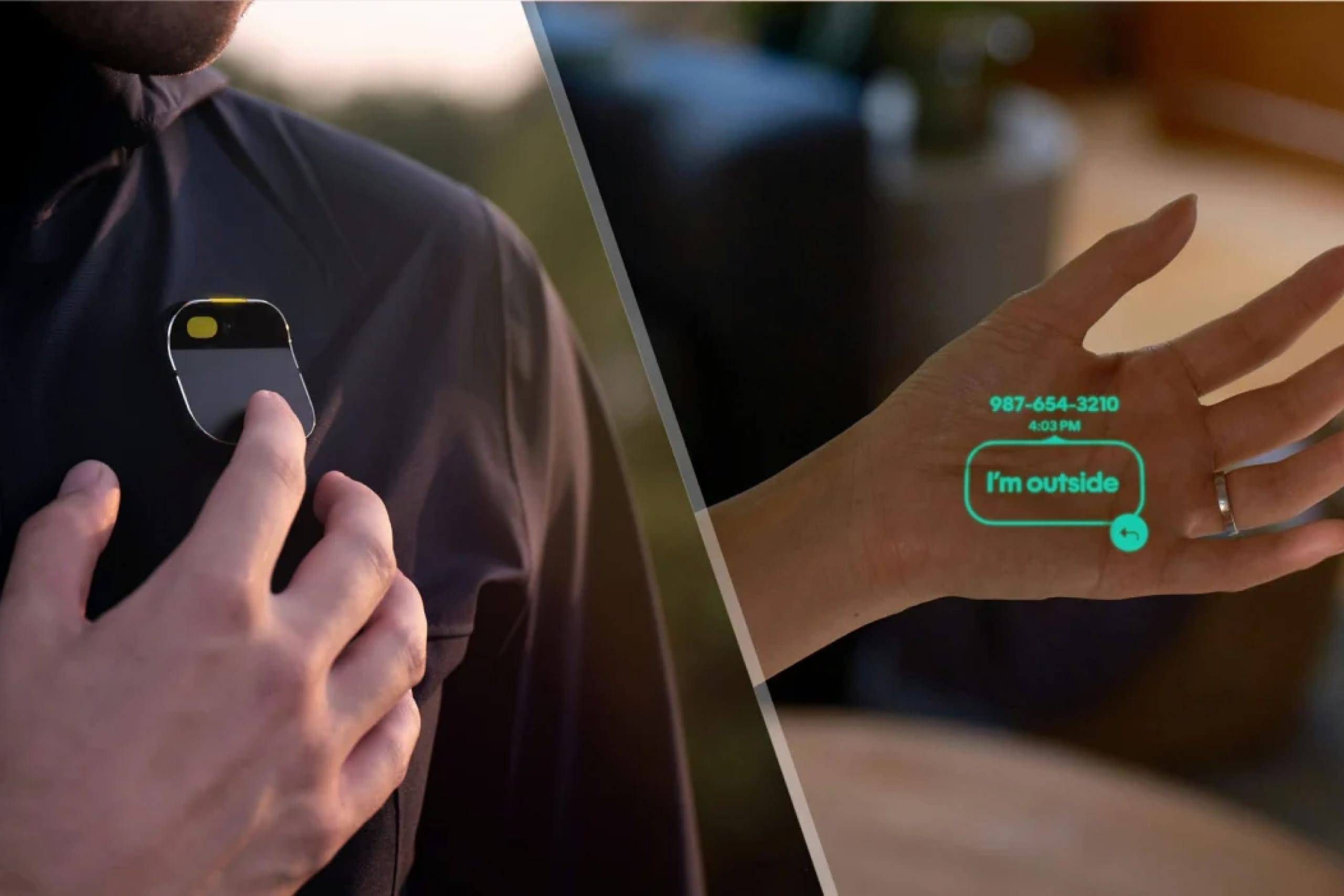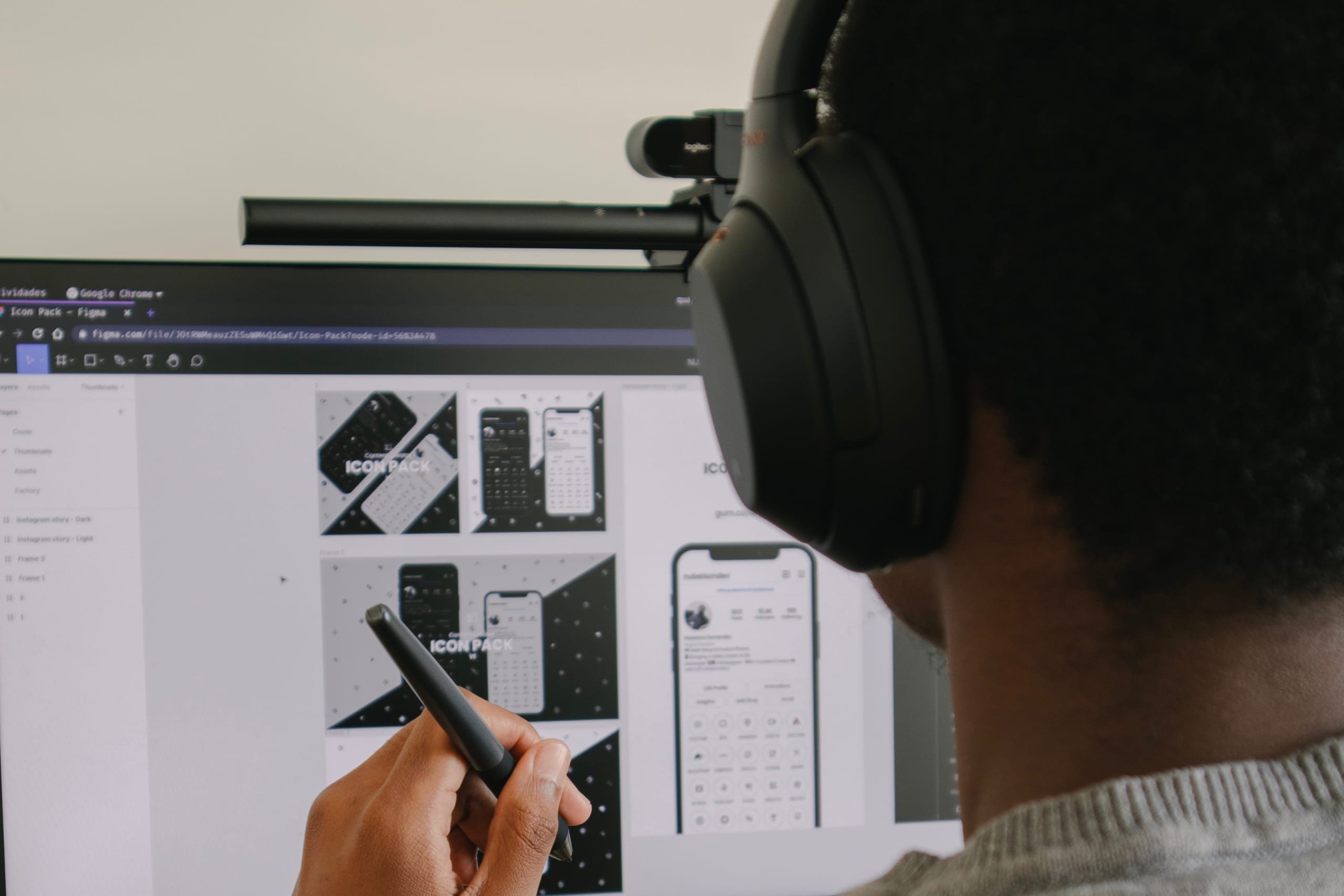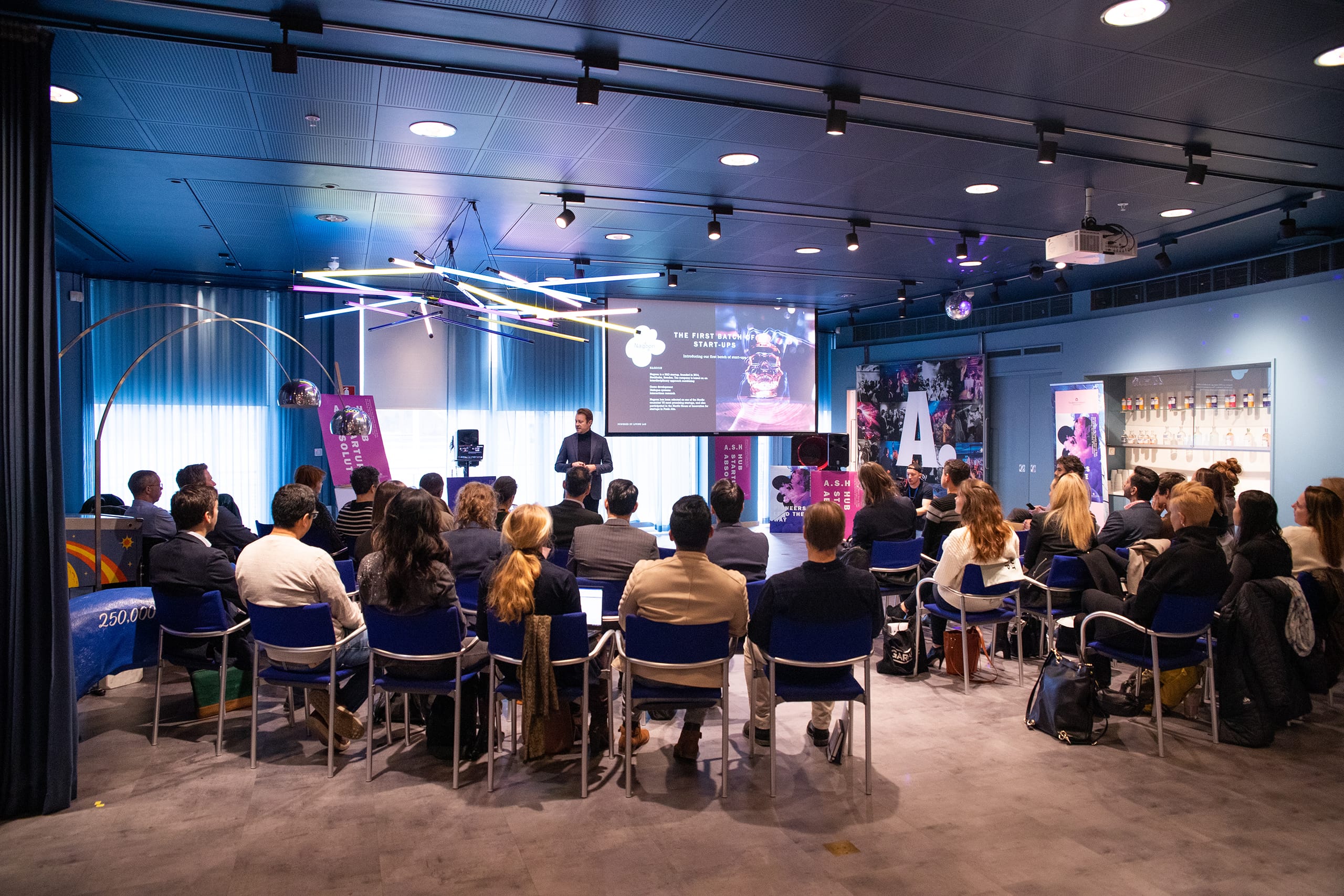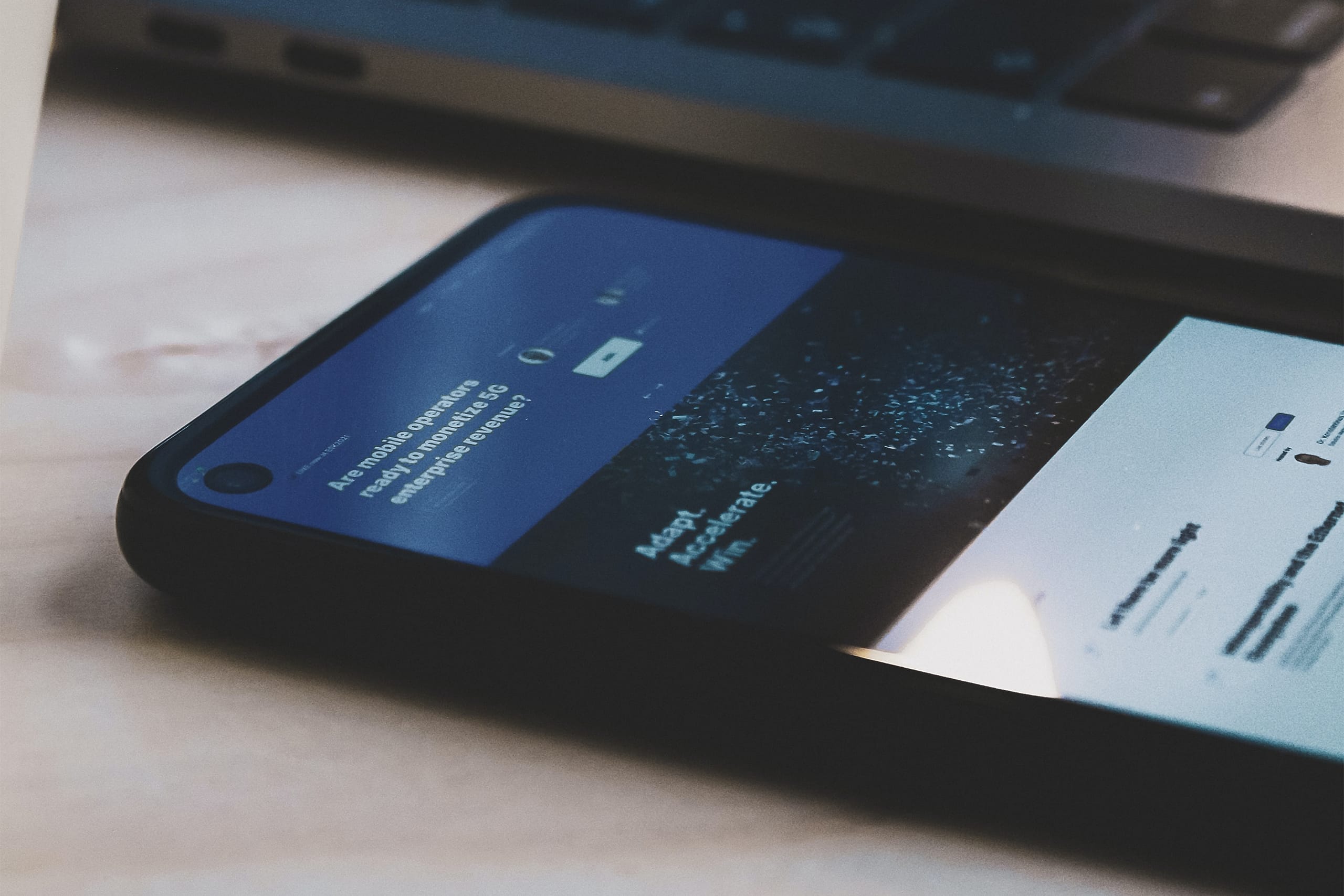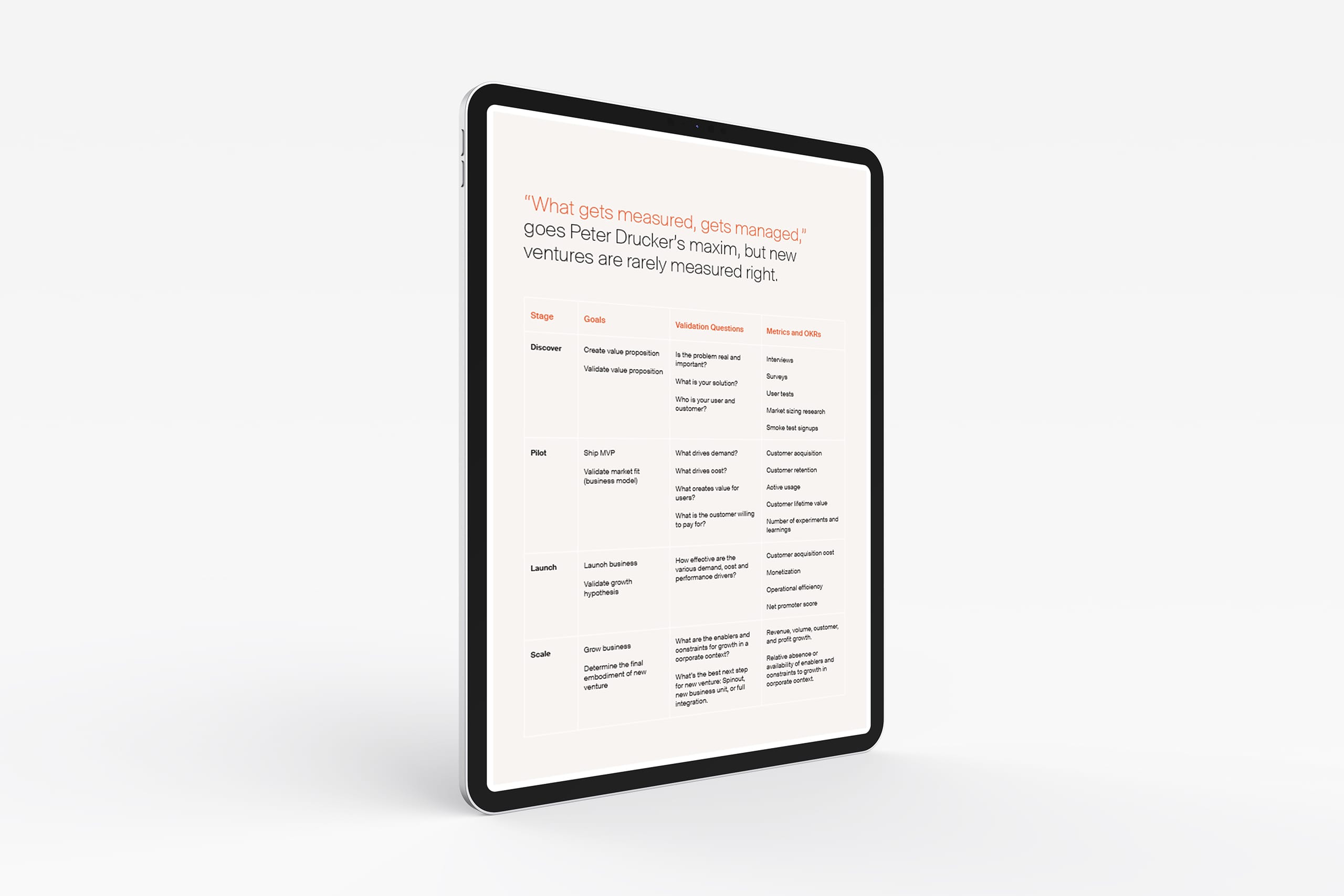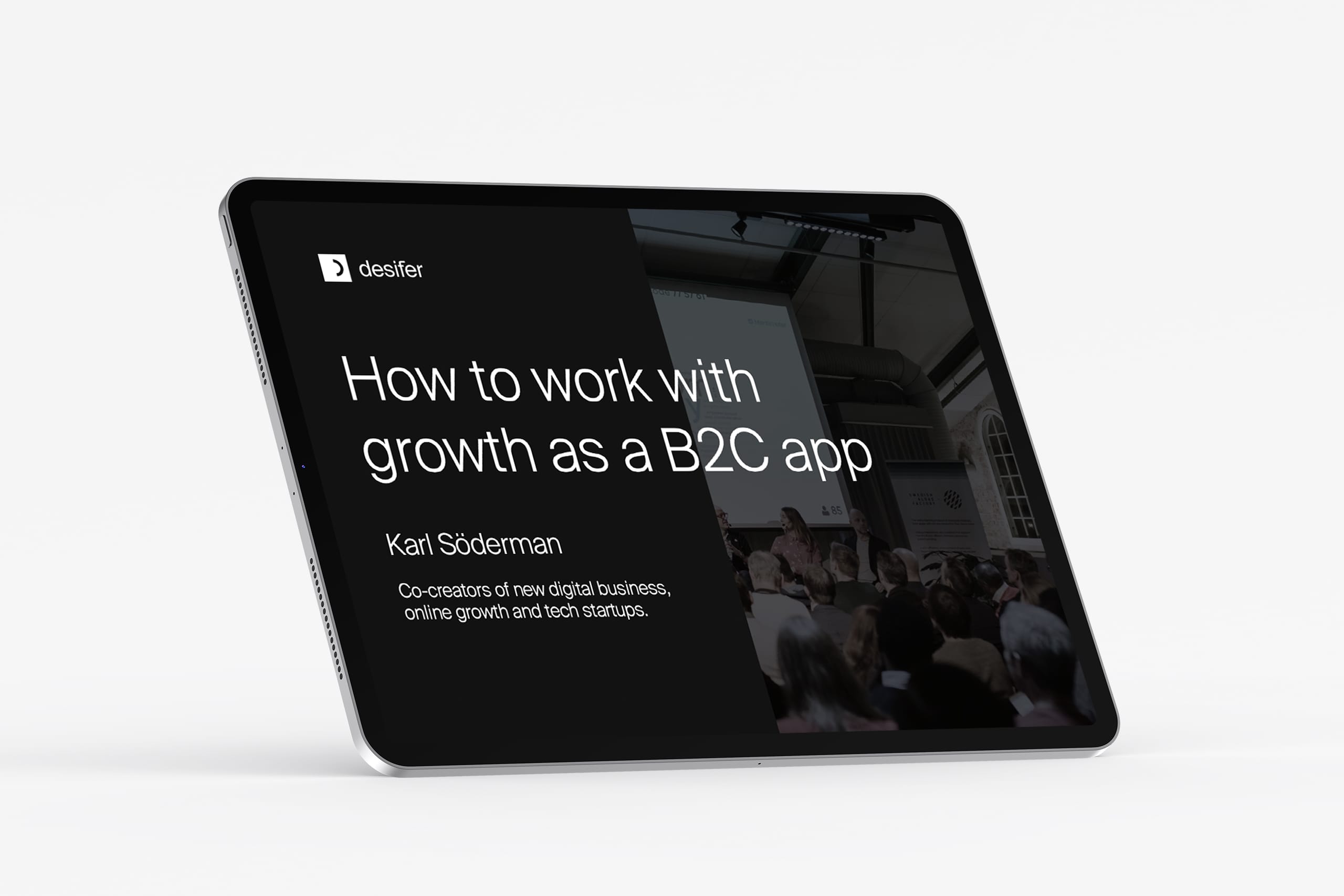Product | Technology
Written by Linnea Palmertz
October 10, 2022
Instant experience – the complete guide to IX
Instant experience is a term “hijacked” by Meta to describe a mobile ad type where a user can interact with the ad without leaving the platform. When we talk about instant experience, or IX, it is not referring to the Facebook instant experience but rather a wider concept.
So what do we mean with instant experience?
Instant experiences are about providing quick and frictionless access to an app, website or any digital service or product really. An instant experience appears at the right place at the right time, requires no download, login or registration, and seamlessly disappears after it has been used.
Why IX is on the rise
Ever since the first smartphones arrived in the late 00’s, apps have grown central in our modern lives. People have on average more than 80 apps installed on their phones, yet they spend 96% of their screen time using the same 10 apps.
The number of downloaded apps has been steadily increasing ever since the first smartphones were introduced, but now it seems as if the market for apps is becoming saturated at last. With over seven million apps currently available on Google Play Store and Apple App Store combined, developers are struggling to design new apps with unique value to its users. The phenomenon known as “App Fatigue”, referring to smartphone users’ descending interest in downloading new apps, is a growing concern.
Nevertheless, this does not mean that the era of apps is over, or that you should reconsider your entire business model. But perhaps you should think twice about how to best solve problems for an ever more impatient crowd.
Three key IX technologies to elevate your CX
Rich Text Messaging
Rich text messaging is the next generation of text messages, or SMS/MMS, and you are most likely already using this technology; through iMessage if you are an Apple user, or through RCS (Rich Communication Services) if you have an Android supported device. It allows you to send messages longer than 160 characters, higher quality pictures and videos, and other rich chat features such as emojis, stickers or GIFs. What this technology means to you as a business, is that you now can interact with your customers directly in their native messaging app to send and respond to questions and other requests.
The unique value of rich text messaging for businesses lies in being able to brand the messaging interface in your design, proactively present alternative options for the customers to choose from, and even finalize full transactions directly in the native messaging app of your customer. For example, to book any given appointment, a user no longer has to enter a webpage or download an app but can do so through a conversational interface that is already installed on their phone.
Here, it is important to distinguish between the capabilities of the iOS and Android technology. Apple Messages for Business (previously known as Apple Business Chat) requires the conversation to be “intent-driven”, meaning that it is only after the customer has reached out to the business that the interaction can begin. Android’s equivalent Rich Business Messaging (RBM), however, allows businesses to proactively reach out to customers with offers and advertisements, without any active request from the customer.
Progressive Web Applications (PWA)
PWA is the perfect combination between a web page and an app. It shares many of the features and user friendliness of an app, such as app-like UI, offline usage, push notifications (currently only on Android, but likely on iOS soon) and the option to add the PWA to the home screen to support longer use.
While supporting all of the above, a PWA can also be up to 99% smaller than a native app, load extremely fast and is platform-independent, meaning that the same application can be easily accessed on either mobile, tablet or desktop. What makes many of the app-like features such as offline use and push notifications possible are so-called “service workers”, but also these have their limitations.
Lower level frameworks like bluetooth cannot be accessed and a PWA has high battery and CPU utilization. Nevertheless, as compared to a native app that has to be found in an app store and downloaded to the home screen, a PWA is much easier for businesses to market and for users to find. It can be triggered simply by typing in a url, directly from a Google search result or by scanning a QR-code or tapping an NFC. With no download or unnecessary waiting time, customer needs can be addressed instantaneously.
App Clips / Instant Apps
Somewhat similar functionalities to a PWA can be found within an App Clip (iOS) or Instant App (Android). This technology extracts a light version of an existing app and lets users access basic features without having to install the full app. They can load fast, have low file size (less than 10-15mb) and are integrated with url so that they can for example be triggered through QR, NFC, the click of a link, based on location or through maps.
Although Android’s Instant App technology has been around the longest, it is Apple’s App Clips that have gotten the most traction lately. While Instant Apps have traditionally been used by game developers to let users demo their games before downloading the app, “App Clips are designed to eliminate transaction roadblocks and convert those lost transactions into repeat customers” (Source: Heady). One major difference between the two technologies is that Apple’s version supports transactions within an App Clip by leveraging functions such as ApplePay.
Similarly as with PWAs, the light version apps have limited framework capabilities but differ as they cannot be added to the home screen and do not support push notifications other than locally scheduled ones up to 8 hours after the app has been loaded (valuable for food ordering use cases). If the user would have the native app already installed on their device, a trigger for an App Clip or Instant App would automatically open the full experience app instead.
Which IX is right for you?
As with everything, there are benefits and drawbacks with each of the above described technologies, so deciding which IX your business should implement requires further evaluation. For example, in situations where the customer might need more support or an extra push, a conversational interface using rich messaging technology could be the way to go. But if the goal rather is to reach as broad a user base as possible, you should probably go for a PWA that is accessible across platforms and would show up in the relevant Google search results. However, if the case is that you already have an app and are struggling with downloads and usage, a lightweight version of your app in the form of an App Clip or Instant App is likely to boost your numbers.
Regardless of which technology is right for you, research has proven that 70% of users immediately drop out of an app if it takes too long to load, so your best bet to avoid churn is to elevate your customer experience into an instant experience.
Get inspired by others adopting instant experiences:
The e-parking service ParkWhiz lets their users pay for parking through an AppClip. A single tap on a NFC tag at the parking lot and a light version of their app pops up. Here, you can easily navigate and pay for your parking in just a few clicks if you have ApplePay. You get the full user-friendly app experience without having to install an app.
Another smart example of an AppClip is one from Lime Scooters. In the crowded space of micro mobility providers, Lime stands out by letting you unlock their electric scooters without downloading or registering in their native app. Simply scan the QR-code of one of their scooters directly with the camera app in your phone, unlock the scooter and pay with ApplePay and you are ready to go.
The Yes is a fashion app that uses the AppClip technology to let their users share wish lists – or “Yes Lists” – with their friends through SMS. Anyone who would receive a Yes List no longer has to download the app to view it, but can just click the link in the message and an App Clip card will appear where they can view and purchase items from the list.
In Chicago’s transit system, the ChiTransitBot has been using Android’s RCS technology to inform people riding their trains about real-time arrival times, suggest alternative routes and give directions to their final destination – all right within the messaging app of the customers phones.
Car manufacturer Nissan reached out to their customers through RCS to offer them test drives in their newest car models. By presenting automated multiple choices after each question they sent to customers, booking could be initiated and completed inside the native messaging window.
Dish is a TV provider that decided to implement Apple Messages for Business to extend communication with their customers. Through this approach, their customer service agents could help customers in a context that felt safer and more familiar than for example Facebook. Customers could ask questions and even order pay-per-view movies or sporting events.
To make ordering more accessible, Starbucks created a PWA that provided similar features as their app. Because it was now platform-independent (web based) they discovered that desktop users were ordering at about the same rate as mobile users. Since PWAs can cache resources for offline use, customers could order their favorite coffee easily while sitting on the subway, even with a limited connection.
India’s largest e-commerce company, Flipcart, adopted a PWA strategy where they combined features of their mobile app and website into a progressive web app that could load instantaneously, function offline and would re-engage users. This shift resulted in 70% more conversions, users spending three times as much time on their site and a 40% increase in re-engagement rate.









